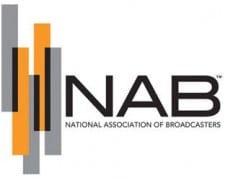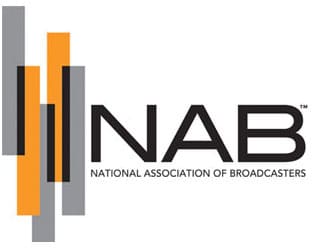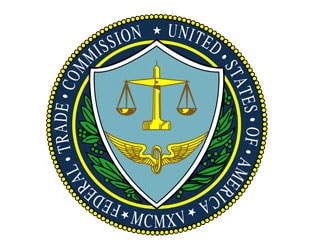 The FCC is looking at sustaining the reliability and continuity of electronic communications during times of crisis. The NAB was able to explain that broadcasters have already demonstrated both attributes for nearly 100 years.
The FCC is looking at sustaining the reliability and continuity of electronic communications during times of crisis. The NAB was able to explain that broadcasters have already demonstrated both attributes for nearly 100 years.
“Keeping the public informed during emergencies is the hallmark of broadcasters’ public service,” wrote NAB in an FCC filing. “For almost a century, broadcasters have served as America’s ‘first informers’ during disasters and emergencies, delivering a powerful, unique combination of EAS warnings and detailed, ongoing, local information concerning storm paths, shelter directions, evacuation routes, and other potentially life-saving information. During an emergency – particularly one that arises with little notice – no other outlets can match the ability of broadcasting to deliver timely warnings and updated information.”
Unlike other media, broadcast reaches virtually the entire US population, noted NAB, one of the many reasons the medium is so useful to key agencies like FEMA.
NAB also noted that when an emergency takes down the power grid, broadcasting is often the last medium left standing. It works both ways – most consumers have access to at least on receiver that is battery operated, and a significant number of broadcasters can generate their own power during an emergency when other media are silenced by lack of power of downed wires.
The one-to-many broadcast distribution model is also a key factor working in broadcast’s favor. An unlimited number of citizens can pick up a broadcast signal at the same exact moment. Try that with any kind of mobile device and the entire distribution model is swamped beyond capacity rendering it virtually useless.
NAB noted that broadcasters are actively seeking to expand their emergency capabilities by making both radio and television available on mobile devices. A significant percentage of Americans carry one type of mobile device or another with them these days. The ability to receive vital emergency information instantly, no matter where a person might be – however, NAB believes that the wireless industry is blocking the widespread adoption of broadcast capability for purely competitive reasons.
NAB said, “Given the Commission’s interest in promoting competition, consumer access to information, and public safety, the Commission should consider ways to encourage the wireless industry to provide improved online and retail information so as to allow consumers to identify mobile devices that include free, over-the-air radio. Broadcasters believe that, with more transparent consumer information, market demand for radio-enabled mobile devices will increase, and in turn, the availability of such devices will improve. To be clear, NAB is not seeking any kind of federal mandate that wireless operators incorporate and activate radios chips in mobile devices.”
RBR-TVBR observation: It all boils down to serving the public interest. Only the newspaper can match broadcasting’s number of boots on the ground, but the medium lacks the immediacy of electronic communications.
And although broadcast’s electronic competitors in the MVPD, mobile and internet worlds love to call broadcasting last century’s medium and try to get Washington to write it off, in neither case can the other industries put boots on the ground on the scene of an emergency, nor can they guarantee that their distribution models can sustain a significant hit the way broadcast can.
Broadcasters do much more than entertain America – they form part of the backbone of American emergency preparedness. We suspect it will be a long time before broadcasting’s competitors will be able to make the same claim.





